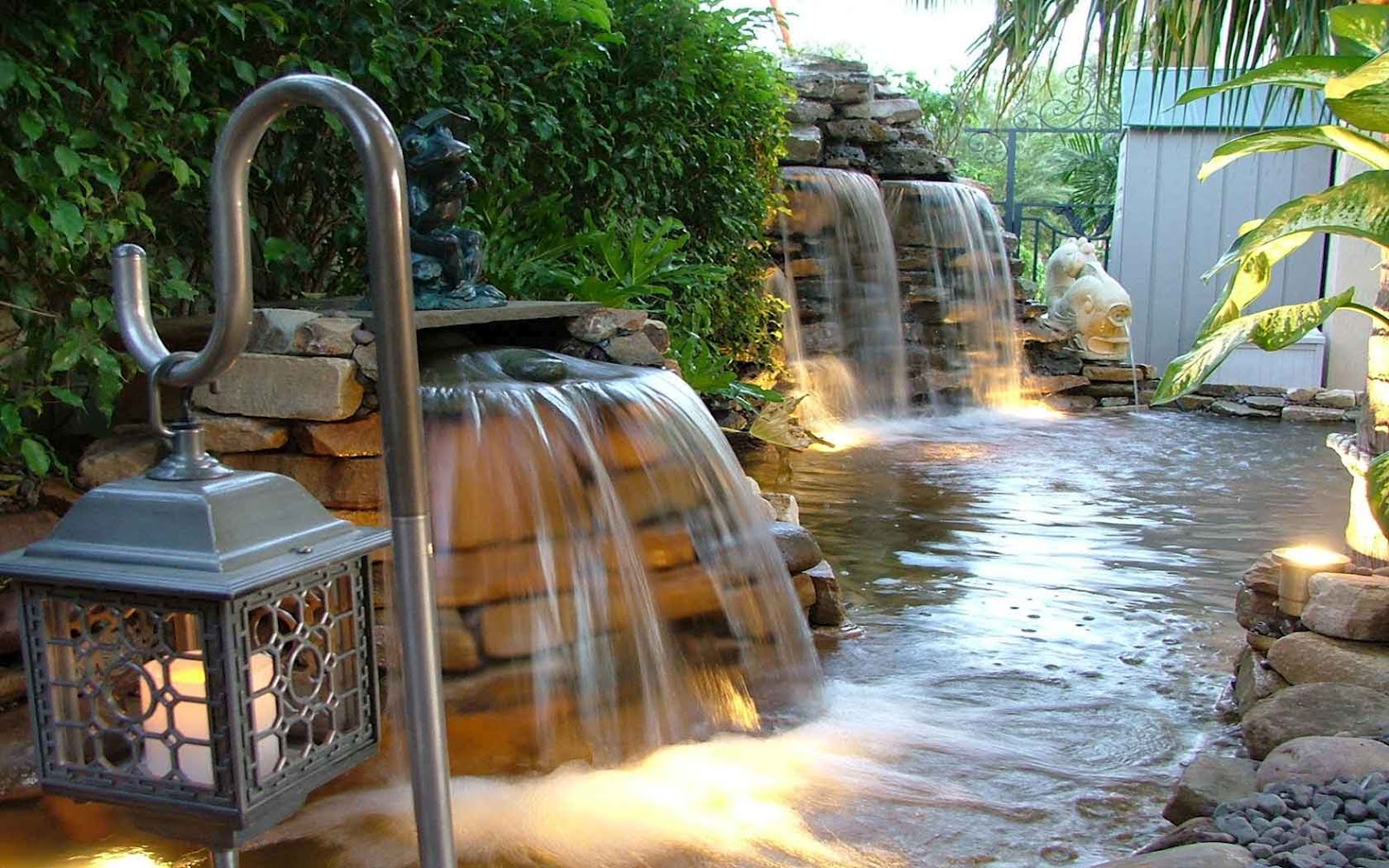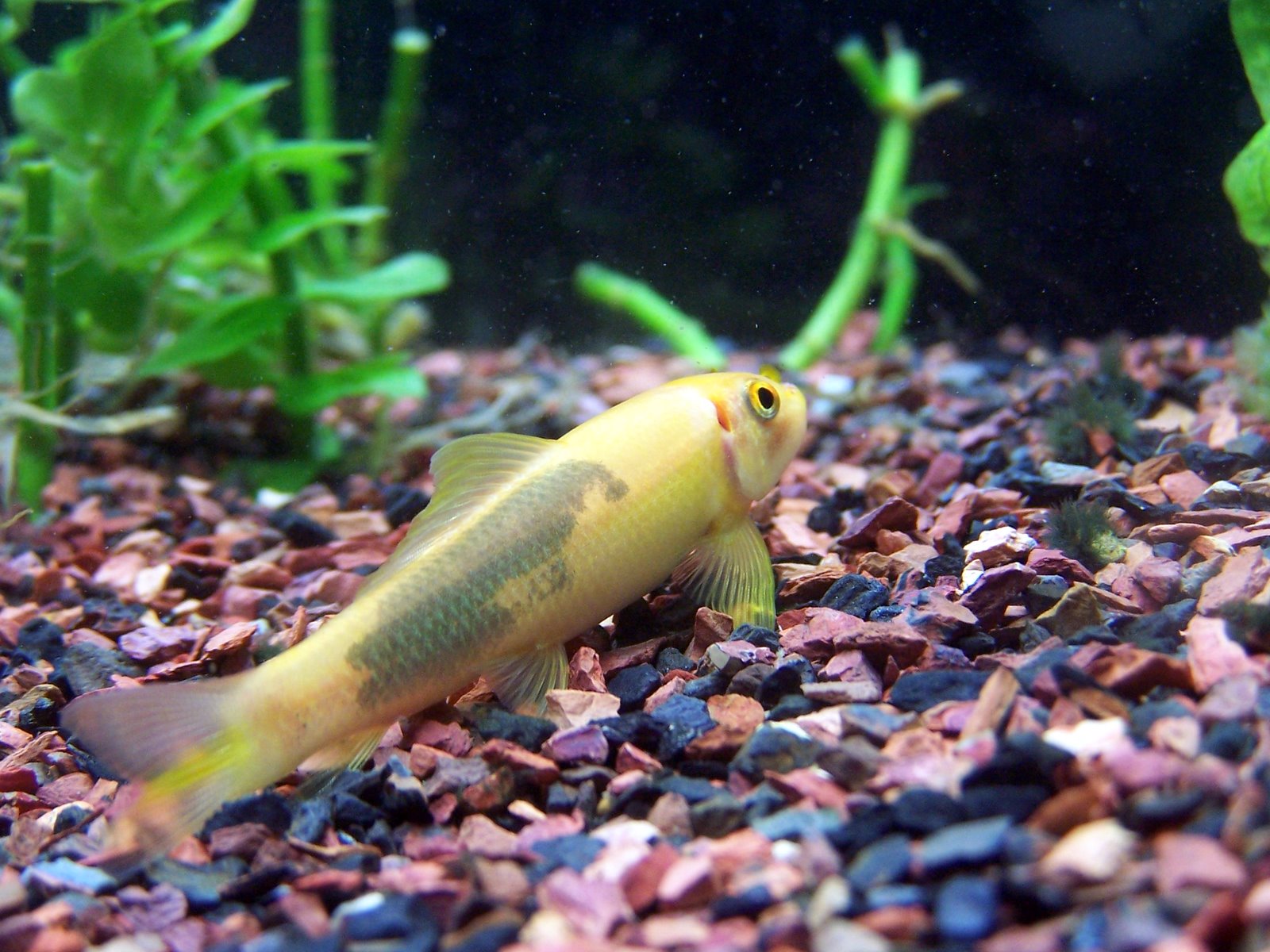
Clearing the Mystery: Why is Your Koi Pond Water Cloudy?
Clearing the Mystery: Why is Your Koi Pond Water Cloudy?
Having a beautiful koi pond in your backyard is a wonderful addition to any garden. But one of the biggest headaches that koi pond owners face is cloudy water. If you have cloudy koi pond water, don’t fret! You’re not alone. In this article, we’ll dive deeper into the reasons behind why your koi water might be cloudy and how to clear it up.
What Causes Cloudy Pond Water?
Cloudy water in your koi pond can be a result of many different factors. Below are some of the most common causes of cloudy water on koi ponds:
- Excess nutrients
- Overfeeding koi
- Overstocking koi
- Lack of filtration
- Sunlight exposure
- Lack of aeration
- Algae bloom
- Illness or death of fish
- Environmental factors such as rain
Determining the Cause of Cloudy Pond Water
Before you take any steps towards clearing up your koi pond water, it’s important to determine the root cause of the problem. Once you know the cause, you can then make a plan to clear it up. To do this, start by answering some of the following questions:
- How long has the water been cloudy?
- Has the weather been unusually warm, and how long has it been since you last did a water change?
- Have you recently added any new fish, plants or treatment chemicals to the pond?
- Have you noticed any physical signs of illness amongst your fish?
- Is the filter running continuously and correctly?
How to Clear Up Cloudy Pond Water
Once you’ve established the cause of the cloudy water, it’s time to take the appropriate steps to clear it up. Here are some tips to help:
1. Check the Water Quality
The first thing you should do is check the water quality in your koi pond. You can use a water test kit to determine the pH, ammonia and nitrite levels. The ideal pH for koi water is between 7.0 and 8.5, and the acceptable range for ammonia and nitrite is zero ppm.

2. Reduce Overfeeding
If you’re overfeeding your koi, it can lead to excess nutrients in the water, which can encourage algae growth and cloudy water. As a general rule of thumb, feed your koi only what they can eat in five minutes, twice a day.

3. Add More Filtration
If you don’t have enough filtration in your koi pond, it can’t keep up with the demands of your fish and plants, leading to cloudy water. Consider adding more biological and mechanical filtration to your pond to help keep the water clear. A good filtration system should process the entire volume of your pond water at least once per hour.

4. Increase Aeration
Aeration is essential in koi ponds because it helps to maintain oxygen levels and water movement. The movement of water can help to prevent nutrient build-up and encourage beneficial bacteria growth. Adding a waterfall, fountain or air pump can help to increase aeration in your koi pond.

5. Treat Algae Blooms
If you have an algae bloom in your koi pond, it can contribute to cloudy water. To treat an algae bloom, you can use products such as algaecides or natural treatments like barley straw or beneficial bacteria. However, it’s important to follow the instructions carefully and not over-treat the pond.

Preventing Cloudy Pond Water
Preventing cloudy koi pond water is much easier than dealing with it once it has become a problem. Below are some tips to help you maintain water clarity in your koi pond:
- Perform regular water changes
- Maintain proper fish feeding habits
- Invest in a good filtration system
- Ensure adequate aeration
- Keep the pond shaded to reduce sunlight exposure
- Avoid overstocking the pond
Conclusion
Having a beautiful and clear koi pond is possible with the right maintenance and care. Avoiding overfeeding, investing in good filtration, and providing adequate aeration are key steps to maintaining water clarity. By taking preventative measures and timely interventions, you can keep your koi pond thriving all year long.